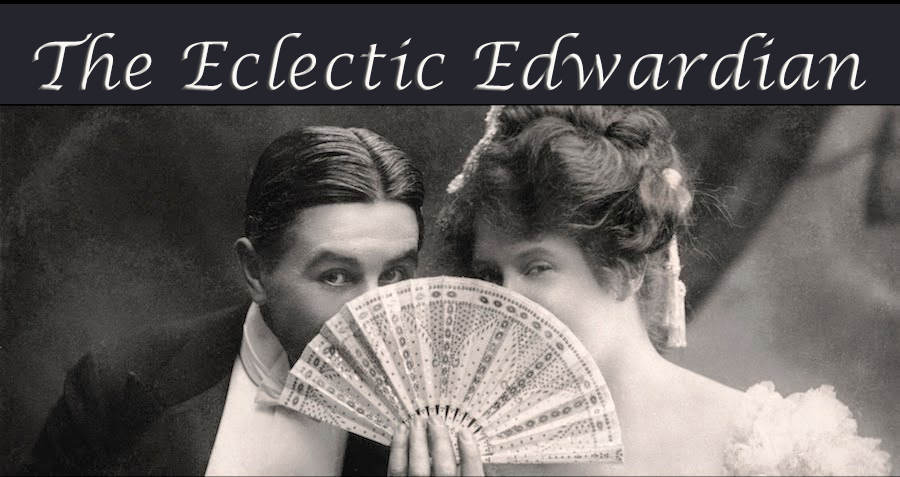From Birth of the Pearl, 1903, created by the American Mutoscope and Biograph Company
From the end of the nineteenth century ~ right up until 1971, when the UK's introduction of decimal coins could not be used in the slot machines and most of them were sent for scrap ~ mutoscopes could be found in many public areas, such as at fairgrounds, or on seaside piers, even in gentlemen’s lavatories.
A mutoscope (first created by the American Mutoscope and Biograph Company) was a device containing a succession of stills to give an animated view, into which one person could look at a time.
A picture board above the machines would advertise the contents. Anyone with an interest would place a coin in a slot before turning a crank on the side. The crank would connect to a dynamo to power a light inside the box, which would then illuminate the scenes which were seen through a hooded viewing slit.
The themes were very varied - from showing idyllic rural scenes to popular comedians. Often the contents were saucy too. “What The Butler Saw” would perhaps be framed by a keyhole shape constructed around a woman who would be bathing or undressing. In fact, so racy could mutoscopes be that, in 1899, The Times published letters of complaint, one of which stridently spoke about:
“vicious demoralizing picture shows in the penny-in-the-slot machines. It is hardly possible to exaggerate the corruption of the young that comes from exhibiting under a strong light, nude female figures represented as living and moving, going into and out of baths, sitting as artists' models etc. Similar exhibitions took place at Rhylin the men's lavatory, but, owing to public denunciation, they have been stopped."
Such outrage! Such scandal in Rhylin!
What would that letter writer think if he saw all the flesh on display today, often on the front of magazines and most of our daily newspapers? Now those demoralising scenes which by luck have been saved for us to see appear to be almost innocent. They hold a quaint alluring charm, whilst also allowing us the chance to peek in through the keyhole, and into a past now lost to us.
You can see the delightful Botticelli-inspired Birth of the Pearl in this film from The Library of Congress ... a huge inspiration for me when I was writing my novel, The Last Days of Leda Grey.





No comments:
Post a Comment